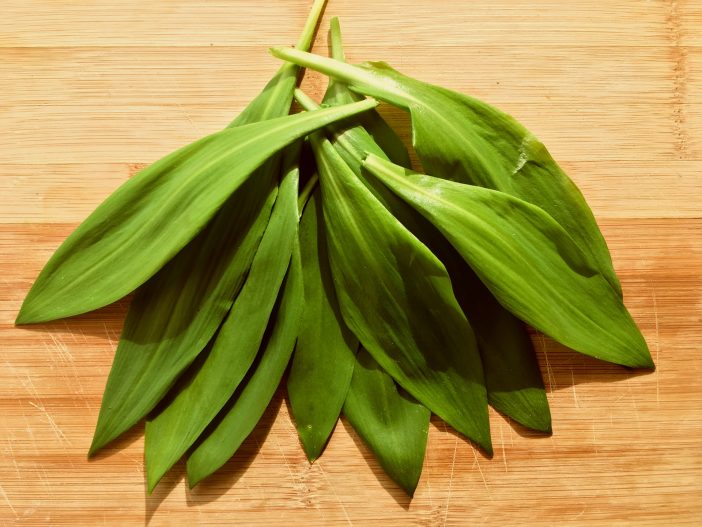
Wild garlic or bear garlic (Allium ursinum) has it all. You can make wonderful recipes, use it for a vast variety of medicinal purposes and it announces the beautiful spring season!
Wild garlic or let’s call it Allium ursinum, was my first plant I foraged. This is why I have a special relationship to it, but I am not the only one…
Historical flashback
Already the Celtics and ancient Greeks used allium ursinum for medicinal purposes. The romans loved the taste of the allium ursinum and even preferred it to the garlic because the taste is more intense. It is not known from where the name ‘ursinum’ – derived from ‘ursus’ meaning bear – comes, but legends tell that the bears awake from their winter hibernations and consume this plant to remove toxins from the body and regain strength.
What properties?
The whole plant is used medicinally and has a lot of good properties such as Vitamin C and potassium. Due to its antibacterial properties it helps with stomach and intestinal disorders, lowers blood pressure and cholesterol level. In addition, it is anti-inflammatory and stimulates the metabolism. In general, it has an invigorating effect.
Foodies listen up.
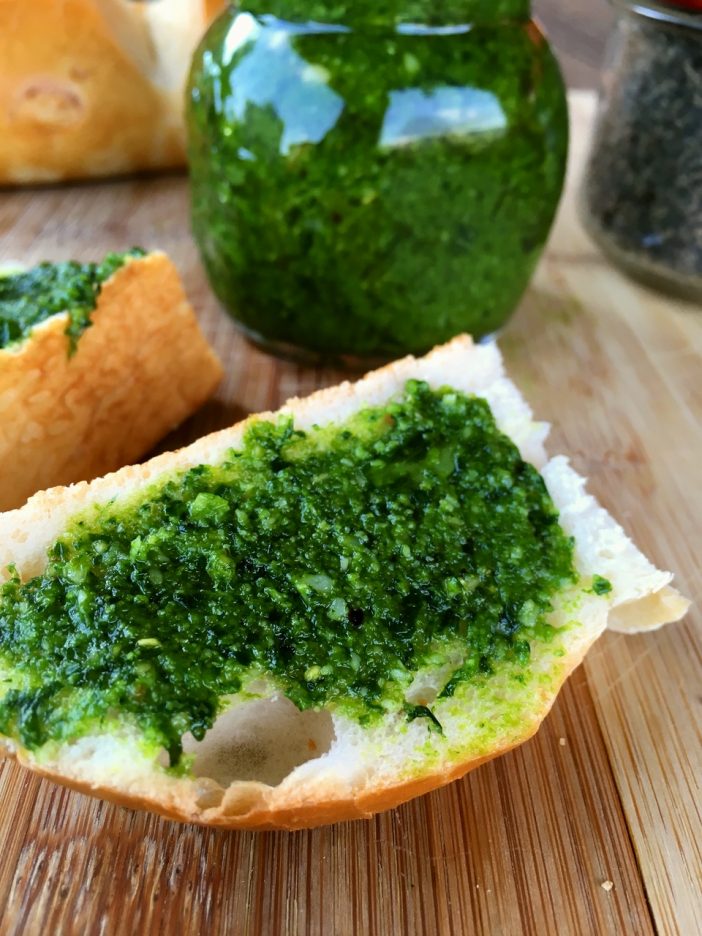
The wild garlic has quite a similar taste as the garlic (who would have guessed this?) and the amazing thing is that you can use the whole plant which can make a great addition to your meals. With the leaves you can do a pesto as well do soups, sauces, herb-butter and so forth. The leaves can be cooked or also be eaten raw. The flower bud and flowers can be used as decoration for any kind of dish or you can put it in oil or vinegar and eat it as antipasti. The seeds can be dried and can be used like pepper. Lastly, you can use the onion like garlic, this onion lies around 20cm beneath the earth. Another positive side of the wild garlic is that your breath will be alright the next day. Everything is used, no wasting, it’s perfect, no? But if it happens that you pick up too much, don’t dry it, since it will loose most of the precious properties, but rather freeze it.
How to find it?
The Allium ursinum grows from March to April in humid and shaded places. I often find this plant in forests close to small rivers and as soon as you approach the plant you will smell the garlic taste. You still can forage the flowers and seeds until June. Wait to harvest the onion until the decomposed itself.
ATTENTION!
The allium ursinum can be confused with the very poisonous Lily of the valley (Convallaria majalis), Autumn crocus (Colchicum autumnale), or the Arum maculatum. The leaves are a bit different, but especially if you don’t see the flower it is difficult to recognize it visually. Nevertheless, wild garlic is the only one smelling like garlic (and every one of us knows how garlic smells). So, if you are not sure, crush a leave and you will immediately smell the wild garlic. If it doesn’t smell, try to wash your hands as soon as possible, so to wash off any poisonous properties of the others above mentioned. Nevertheless, if you are not sure and you don’t smell anything, don’t forage it.
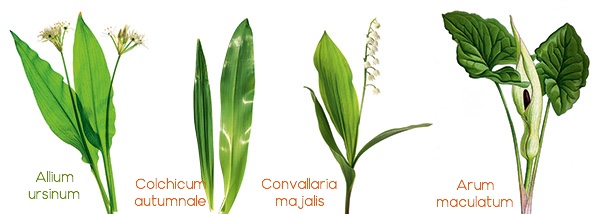
Did you already forage wild garlic? And what are your recipes?
If you want to see more plant identifications, check out my Instagram stories!
Picture source: https://www.test.de/Baerlauch-Das-ungiftige-Original-erkennen-5307713-0/ (adapted)
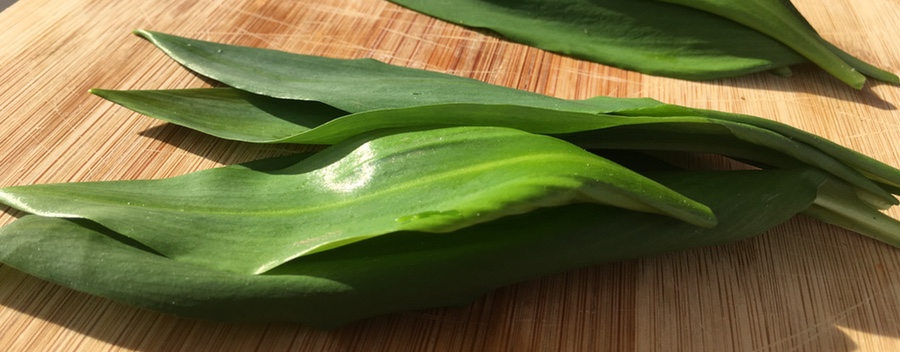

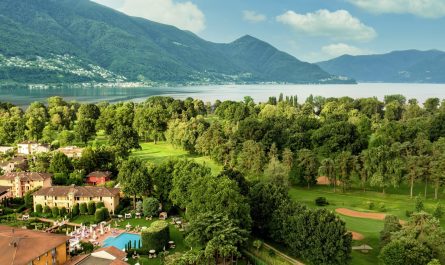

Is there going to be a pesto (à la Ticino) tasting? I would very much like to participate in such an event (:
Hello Luca, there will be a peto tasting next Monday, I finished already the pesto, but more is in the making!
Oh, that’s amazing. Looking forward to it!
I loved your article Daniela! We have a lot of wild garlic growing everywhere in Lucerne! Just right beside our home, in the garden it grows and we have already began to collect it to make some pesto. I’ve never tried making a herb-butter, that’s a great idea. 🙂
Thank you Gaby! You already have wild garlic next to you? Very nice!! Yes, you can actually do a lot of things with the wild garlic, actually everywhere you put garlic, also wild garlic could work 🙂 I made a Risotto some couple of days ago.
This pesto looks amazing!!! Maybe you could add the recipe for us 😀
And, is there any specific way to harvest the wild garlic? For example, can I also cut the flowers, or should I leave it so it can get pollinated and guarantee the next year “crop”?
Tks
Hey Patricia, there will be a tasting on Monday, 25 March 😉 Sorry, I already finished it, so I have to collect some more.
You can eat as well the flowers (for example you can put them in oil and you have wonderful wild garlic oil). You don’t have to worry about the flowers too much, the onions below the earth preserve themselves and will guarantee the next year’s growth, however, if you don’t take away all the flowers you see, the bees will appreciate it 🙂
I simply love wild garlic, but as you mentioned, I am always scared of switching it up with Lily of the valley.
Giving it a smell could actually help in that situation 😀
Hi,
Thanks for the article.
I would like to ask if you know how to preserve the wild garlic leaves?
Thanks 🙂
Hi Daneila, I hope you are well. Please could you let me now where in Ticino or near Lugano I could find wild garlic? I cant seem to spot any in the forests.
Look forward to hearing from you 🙂